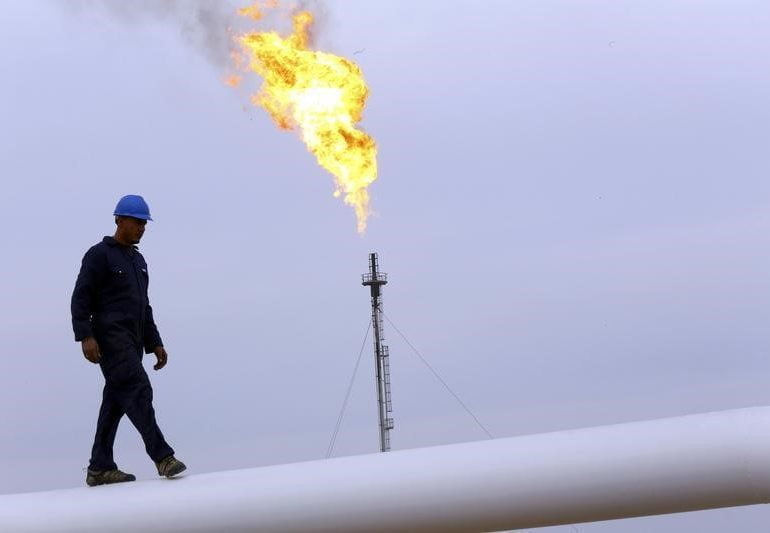Investing.com – Oil ended August on a down note, falling 7% for its worst month in 10, as demand concerns reared their head again after Hurricane Ida forced the closure of U.S. refineries.
Expectations that a Wednesday meeting of oil producing nations in the OPEC+ alliance would go ahead with a plan to raise output in September also weighed on prices in Tuesday’s session of oil — although the production increase was unlikely to be as much as the Biden administration expected, in order to dampen inflation.
London-traded Brent, the global benchmark, meanwhile, settled at $72.99 per barrel, down 42 cents for the day, or 0.6%. For the month, Brent was down 4.4%, for its sharpest monthly drop since May and its worst loss since October.
New York-traded West Texas Intermediate crude, the benchmark for U.S. oil, settled the day at $68.50 per barrel, down 71 cents, or 1%. For August, WTI fell 7.4%, also marking its largest drop since May and its worst month since October.
“It’s worth noting that WTI prices rebounded more than 12% in the week to yesterday and came within a whisker of $70 before pulling back, so there’s probably an element of profit-taking to the move, particularly when you consider that some of the gains were attributed to Tropical Storm Ida last week and operations are already being restored,” said Craig Erlam, analyst at OANDA.
Ida pummeled Louisiana as a category 4 hurricane, forcing over 1.74 million bpd, or 95% of Gulf of Mexico crude and natural gas platforms to shut-in. It also shut the largest privately-owned U.S. crude terminal and nearly half of the country’s refining capacity.
Industry officials initially estimated that it could take weeks for supplies to normalize. But shortly after its landfall, Ida weakened into a tropical storm, prompting analysts to adjust their expectations. Some even worry now whether there could be a drop in demand for air travel.
Wednesday’s impending meeting of the 23-nation OPEC+ — which groups the 13 members of the Saudi-led Organization of the Petroleum Exporting Countries with 10 allies steered by Russia — was also weighing on the market, said Erlam.
“Traders (are) looking for any indication that the group is going to alter the pace of tapering cuts. It would be a surprise if they do anything at the moment, despite pressure from the White House, given current price levels, demand and uncertain outlook,” he added.
The Biden administration called on OPEC+ three weeks ago to boost oil production in an effort to dampen gasoline prices, amid concerns that rising inflation could derail the economic recovery from Covid.
Federal Trade Commission Chair Lina Khan said in a memo to the White House said the agency plans to ramp up enforcement of anticompetitive practices to ensure that large U.S. firms don’t resort to “collusive practices” to push up gasoline prices which were already at 7-year highs averaging $3.15 per gallon.
Leave a comment

